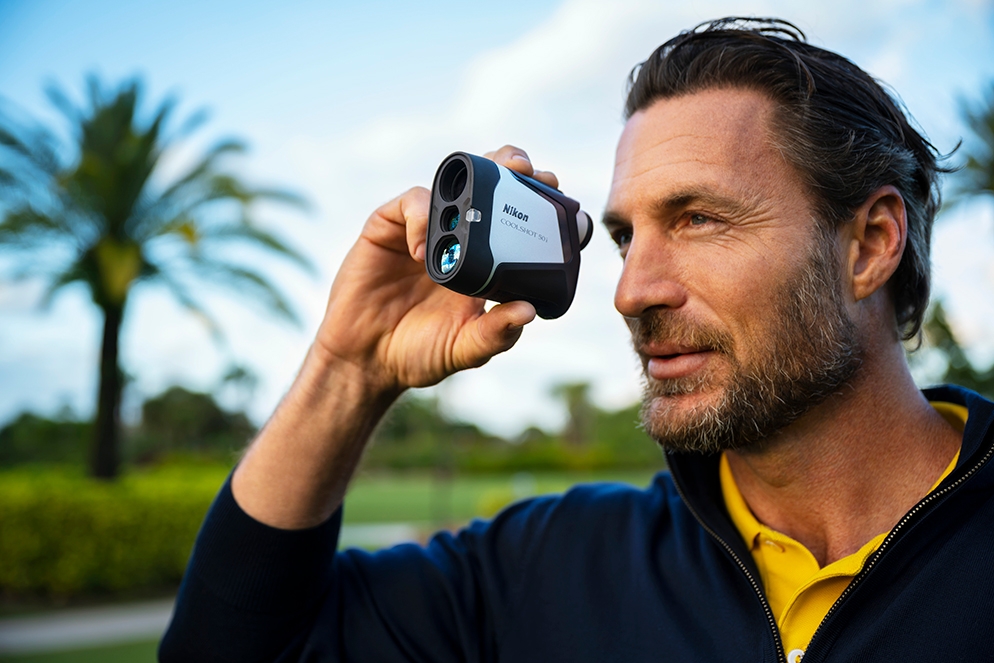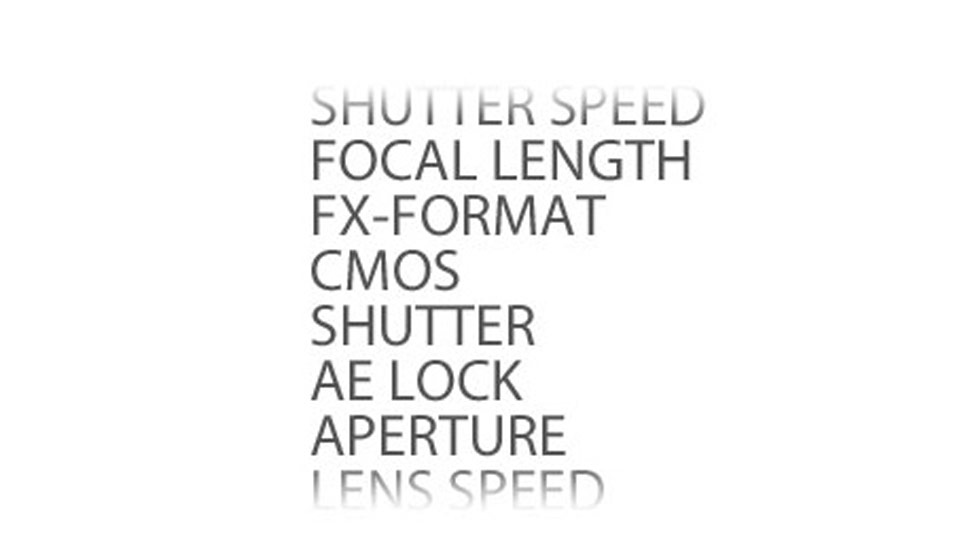How Do Laser Rangefinders Work
Laser rangefinders are essential tools in the field of precision and measurement, effortlessly integrating technology with practicality. Whether you are meticulously managing forests or refining your swing on the golf course, these devices can exceed visual perception and the accuracy of traditional measurement methods. What makes laser rangefinders so precise and reliable, though?
Laser rangefinders for golf and forestry
The advent of laser rangefinders has completely changed the way we measure distances in forestry and golf, to name a few areas. When you’re out in the woods attempting to collect data on the environment, you need an accurate way to measure heights, all sorts of topography, and forest canopy cover. With this information, loggers and foresters can better plan out their cuts and efficiently manage forested land. At the same time, golfers have a new way to think through their game as rangefinders give them the power to physically measure the distance of various hazards, the flag, and any other point on the course. Even while on the driving range, a golfer can find the specific range of each club, making them more effective when they finally get on the course.
The technology driving preciseness
At its foundation, a laser rangefinder functions through emitting a laser beam towards a given target. Once it hits the object, the beam bounces back towards the rangefinder, initiating the device to undertake a calculation on the distance that is based on the period it endured before the light returned. This method, reliant on the speed of light, offers an astonishingly precise and speedy technique providing the users rapid and accurate information to aid their judgement.
Golf rangefinders vs. GPS smartwatches:
When choosing a tool for the golf course, the discussion typically centers on golf laser rangefinders and GPS smartwatches. Even though GPS devices give an extensive overview of the course, laser rangefinders afford unbeatable accuracy no matter what you want to range. Rangefinders measure the distance to the flag directly, guaranteeing golfers precision in club choice and execution, and you never have to worry about the course changing their hole layout and not updating the GPS information.
Key features to consider in golf laser rangefinders
When selecting a golf laser rangefinder, it's crucial to take into account the features that truly matter during gameplay. Here are the essential aspects to look for:
Accuracy: The cornerstone of any rangefinder, a high degree of accuracy ensures you know the exact distance to your target, critical for selecting the right club.
Range: A longer range capability means you can measure distances to far off targets, essential in courses with long holes.
Stabilization: Essential for ease of use, especially when hands are not perfectly steady. Stabilization technology helps in acquiring a target more quickly and accurately.
Lock-On Technology: This feature confirms you have targeted the flag and not the background objects, crucial in crowded courses or those with complex backgrounds.
Incline/Decline Technology: Understanding how elevation changes affect your shot distance and selection is a game changer, making this feature invaluable for golfers.
Weather-Sealing: Given golf is an outdoor sport, having a device that can withstand varying weather conditions ensures reliability and durability.
Explore Our Full Range of Laser Rangefinders for Golfing and Forestry!




